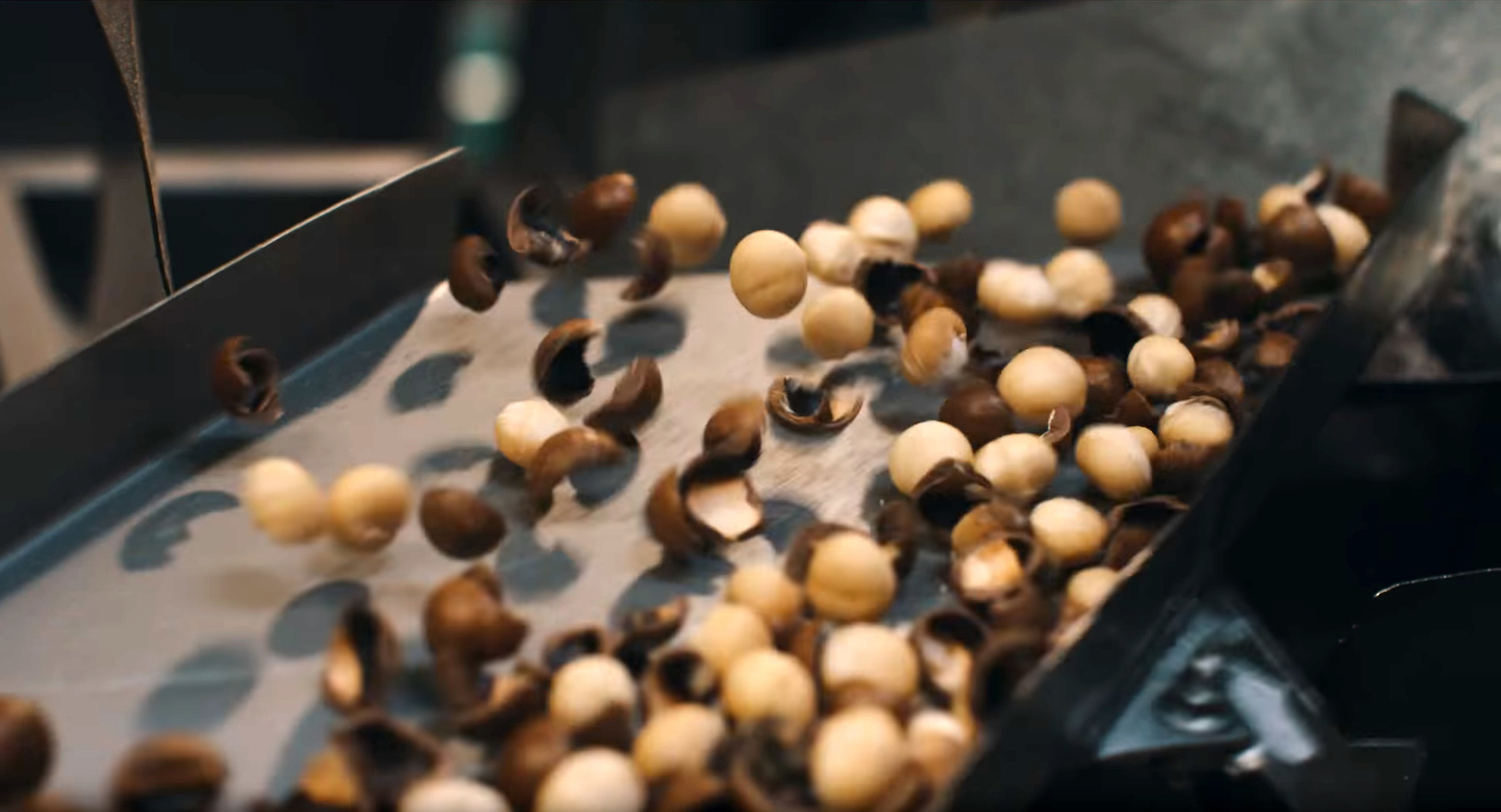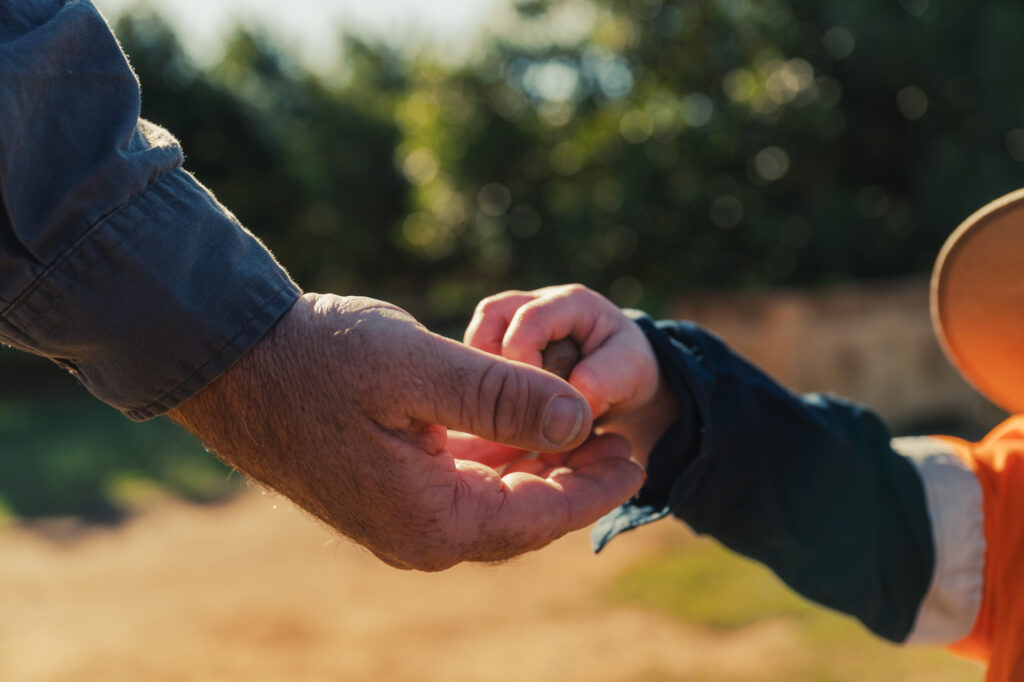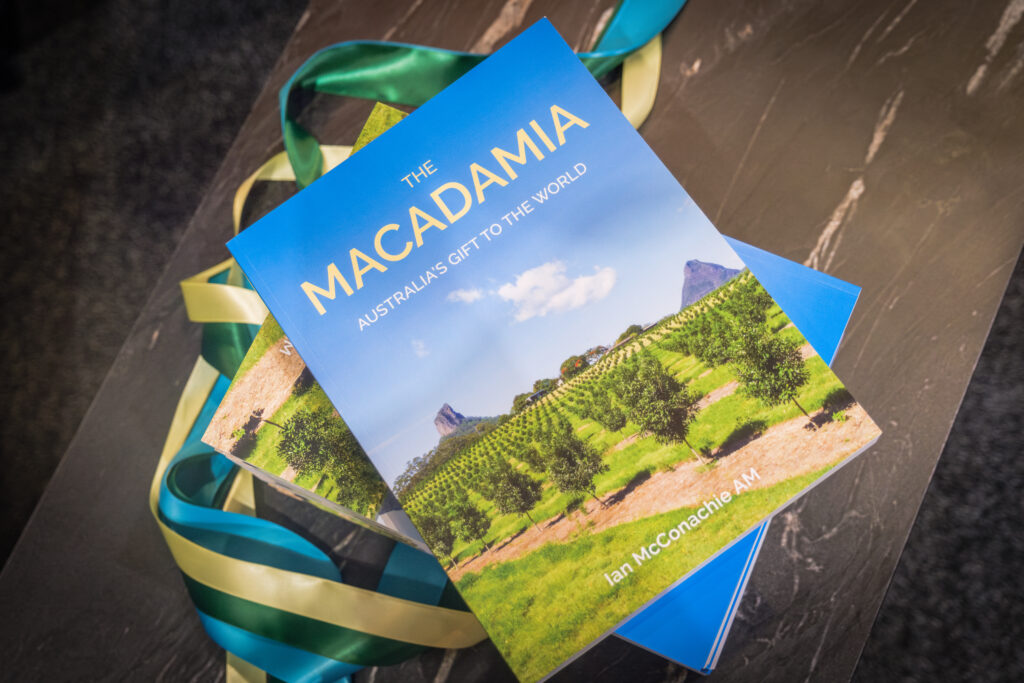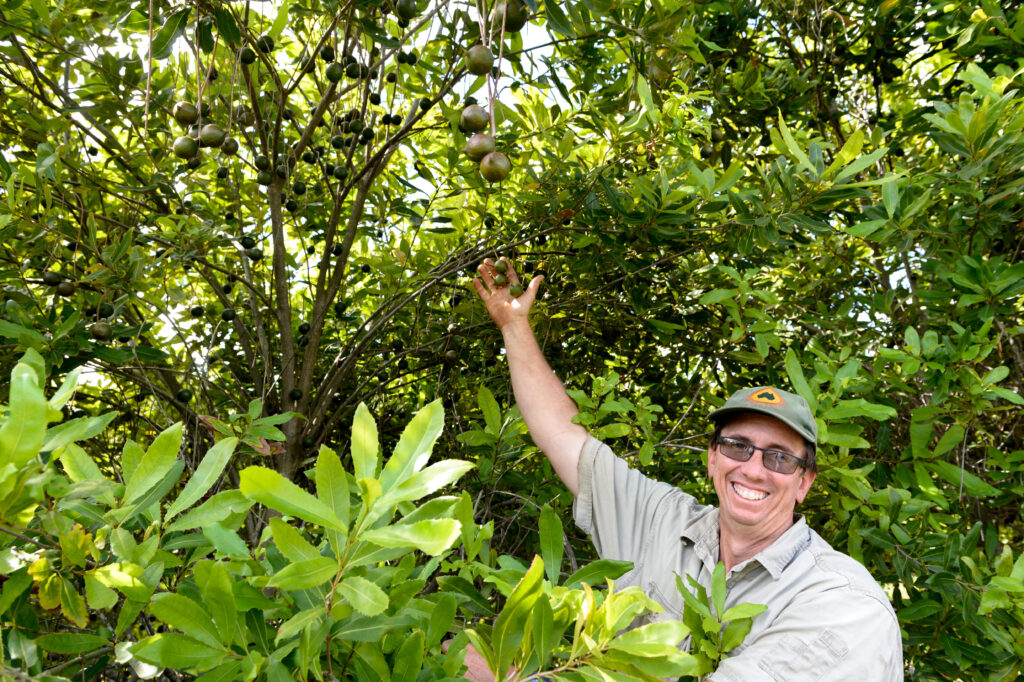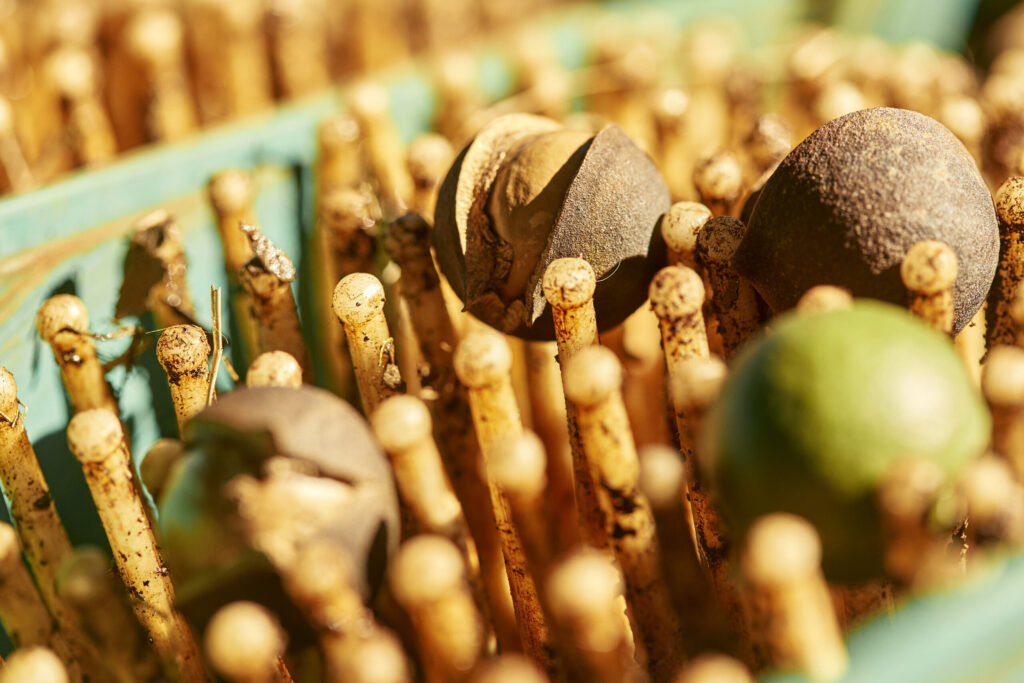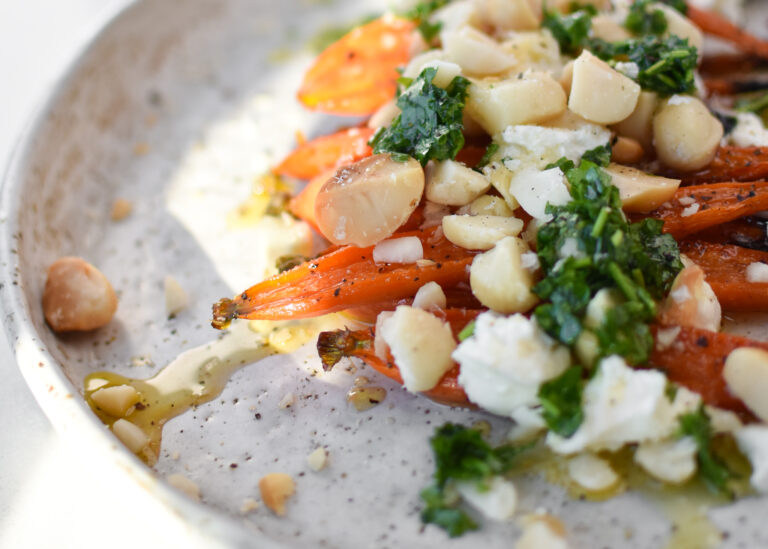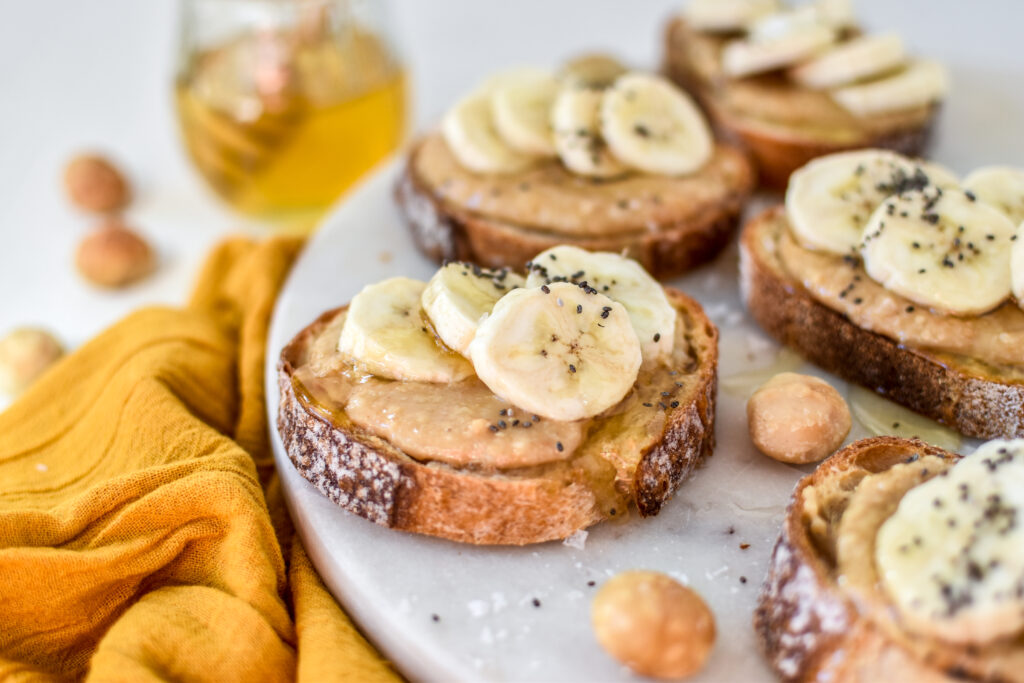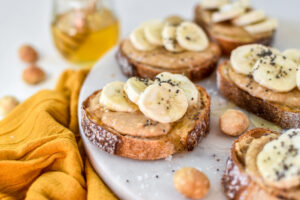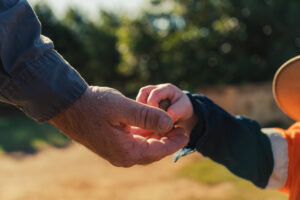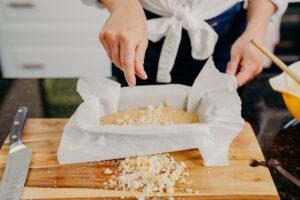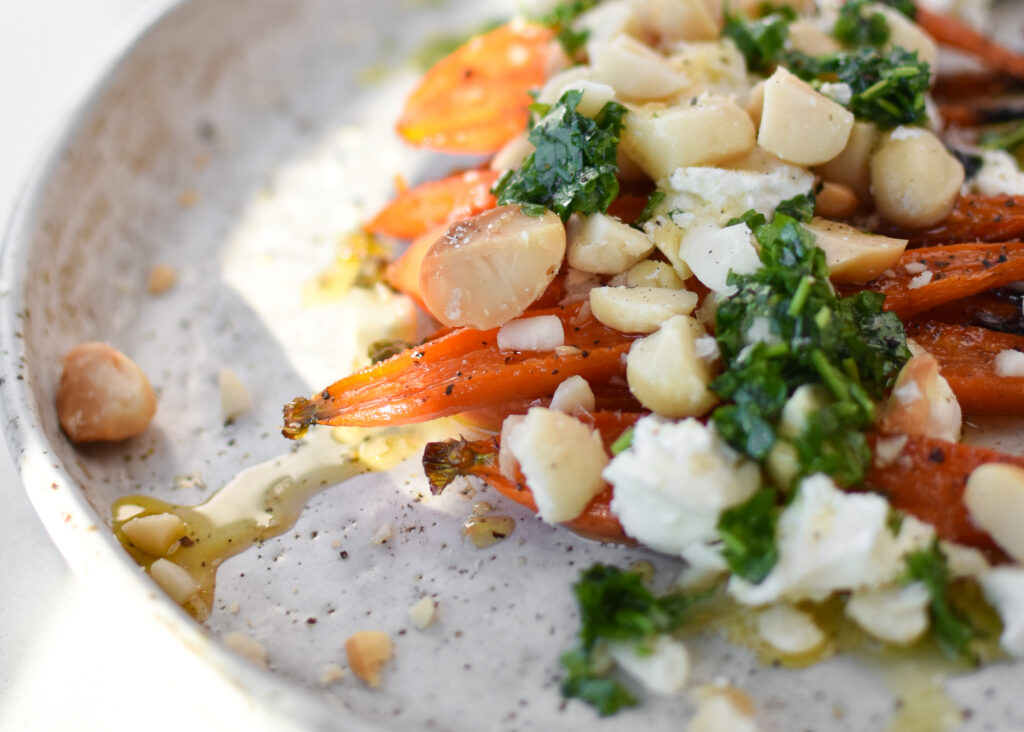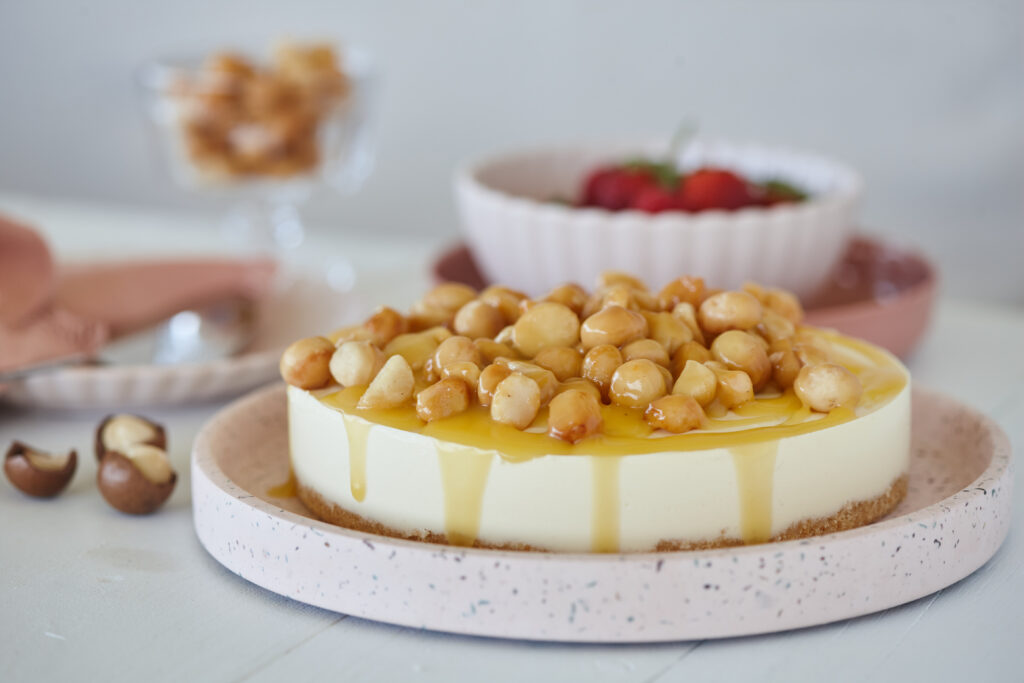Our macadamia processors dry, crack, pack and ship quality macadamias all across the country.
The macadamia orchards of north-eastern NSW and South-eastern Queensland burst into flower each spring. Harvest kicks off in March, continuing through into August every year, when fallen nuts are swept up off the orchard floor ready to be cracked, packed and shipped. But what happens to them between the farm and when they reach the shop shelves, ready for you to take home? We take a closer look at the process.
Weighing and drying
While a few farms have their own cracking and packing facilities, most producers will deliver freshly harvested nuts to their local processor either in their complete outer husk or with the husk removed but still in their hard brown shell. This facility can process hundreds of tonnes of nuts from several different farms at once. At the peak of the harvest, some processors have over one thousand tonnes of nuts go through their plants every week.
As soon as they arrive the nuts are weighed and have samples taken to determine their moisture content. Ten percent moisture is acceptable, but if the nuts have a higher level of moisture, their weight is discounted so that all producers receive a fair price for their nuts.
After weighing, the nuts are transferred to drying rooms. These large buildings (sometimes bigger than an olympic swimming pool) might look like just big sheds, but they have extensive insulation panels and sophisticated climate control systems. Many use solar power as energy to dry the nuts down to 3% moisture, a process which takes about two weeks depending on the original moisture content in the nut.
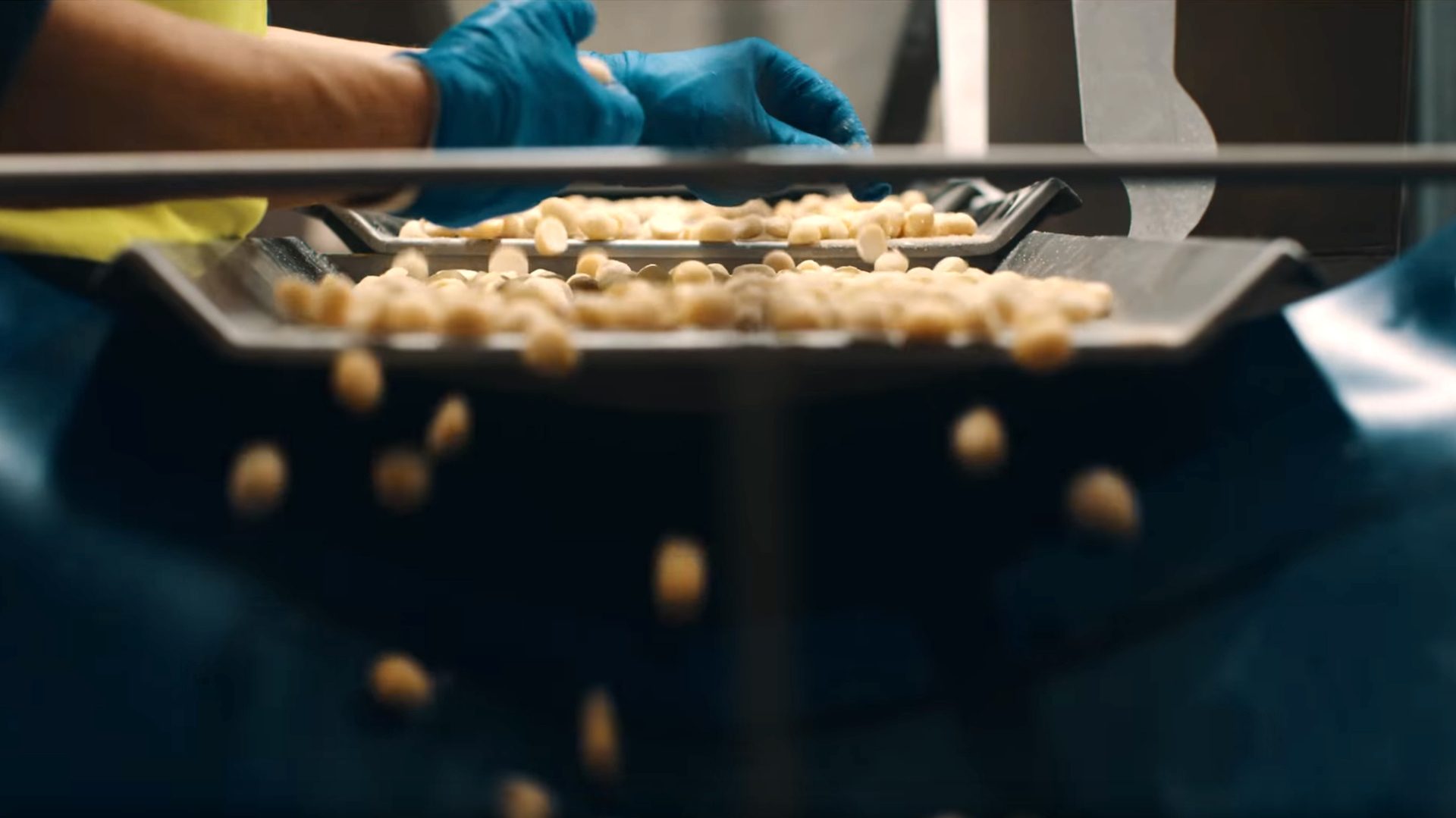
From cracked to packed!
After the nuts are dried, mechanical crackers expose the kernel and remove the shell. Each kernel is sorted by colour using hi-tech graders. Some of the darker nuts are used to make macadamia oil, while premium white or creamy coloured nuts with no blemishes are reserved for eating.
After this mechanical cracking and sorting, the kernels are manually inspected and tested to make sure they meet industry specifications. They are sent through a sizing tower, which separates the nuts into different ‘styles’. The nuts are also pasturised using modified atmospheric pressure and steam to remove nasty pathogens, before they are packed and shipped.
Nothing is wasted
In recent years, processors have realised the shells are almost as valuable as the nuts themselves. They have a high energy value, similar to low grade coal but without the destructive emissions. While the industry has always found innovative ways to use the shell, several processors now power their plants using the nut shells themselves.
For instance, one large processor with facilities in both Lismore and Bundaberg heats their drying rooms with a biomass boiler system. This sophisticated hot water system uses the heat from the burning nut shells to heat water that is then pumped through a radiator system in the drying sheds. This high-tech European system generates only a very small amount of waste at the end of the process. The macadamia shells also have a variety of industrial uses and processors sell extra nut shells to businesses who want to make the most of this incredible renewable resource.
See the work that goes on behind the scenes to bring you the delicious macadamias you love below.
